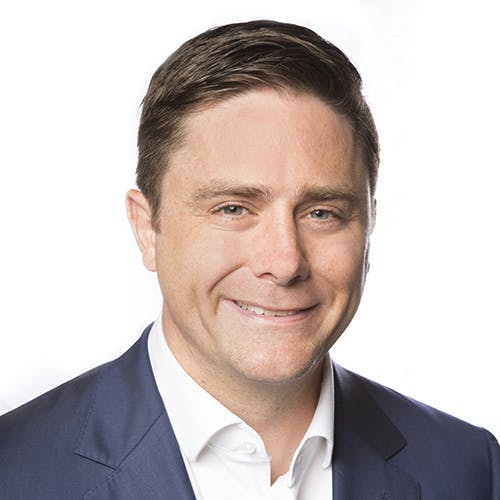Navy Plans to Revolutionize How It Buys a New, AI-Enabled Unmanned Fleet
The AI-enabled cooperative combat aircraft program will focus more on sensors and systems than platforms, Navy leaders said.

The Navy wants to revolutionize how it buys and maintains its AI-enabled unmanned cooperative combat aircraft (CCA) to focus less on the aircraft itself and more on its sensors and systems.
Rear Adm. Stephen Tedford, program executive officer for Unmanned Aviation and Strike Weapons, spoke at Sea-Air-Space 2024 about the Navy’s plans to outfit the sea service with its next generation drones. He said that the CCA will be an unmanned fleet built to fly in concert with the military’s sixth generation crewed aircraft systems currently being developed. The Air Force is building a similar fleet of collaborative combat aircraft.
Both the Air Force and Navy are hoping to launch unmanned fleets this decade.
Tedford said that he doesn’t want to include a long-term sustainment program for these aircraft to keep costs down and quickly upgrade the fleet as the sea service anticipates rapid technological advancements.
“We’re trying to get after CCAs in a revolutionary way,” Tedford said. “I don’t need them that long. I need a platform that instead of buying 500, I’ll buy 60 … and I can do them in a rolling wave so I can keep pace with the technology of the unmanned platforms, but also keep pace with the threat by upgrading sensors, platforms, systems, weapons.”
Tedford said the Navy is approaching the development of these aircraft differently than the service has done historically, noting that Navy leaders do not want a steep price tag for each platform itself. The Navy wants each aircraft to cost less than $15 million allowing the service to consider its CCA fleet “consumable.”
Tedford said the “A” in CCA might stand for aircraft but the Navy plans to develop the platform after the sensors and systems. In 2025, the Navy will launch an analysis study for technologies connected to the CCA program.
Navy leaders want to invest research and development funds to ensure the security of the fleet’s command-and-control systems and networks. The service will also need to further develop the navigation and positioning for the autonomous aircraft.
The Navy is closely following the advancements being made by the Air Force on its CCA program. The Pentagon is working to further integrate each service as part of the Combined Joint All-Domain Command and Control initiative, connecting systems and sensors throughout the battle space.
Tedford said the Air Force is “taking the lead on developing the government reference architecture standards for how we’re going to be getting after AI and autonomy.” Government reference architecture will guide the program’s system design, development, production and sustainment processes.
To keep up with the pace of technology, Tedford said the CCA fleet must not pursue a “proprietary solution.”
“It has to be universal. It has to be interdependent. And it has to be interchangeable,” Tedford said.
This is a carousel with manually rotating slides. Use Next and Previous buttons to navigate or jump to a slide with the slide dots
-

HHS Aligns AI, Tech Strategy Under its Policy Agency
ONC will have a new name and oversee more c-suites to better shape the future of health care technology policy.
3m read -

Defense Board Calls for Incentives to Faster Tech Adoption, Innovation
The group supports recommendations that would support innovators at the department and optimize collaboration.
4m read -

The Future of AI at the Defense Department
To maintain its competitive edge, the Defense Department is exploring artificial intelligence across the enterprise.
14m read -

Large Language Models Won't Save Army's Data Overload
Data is critical for a connected Army, but managing datasets will require technologies that are useful at the tactical edge.
6m read








